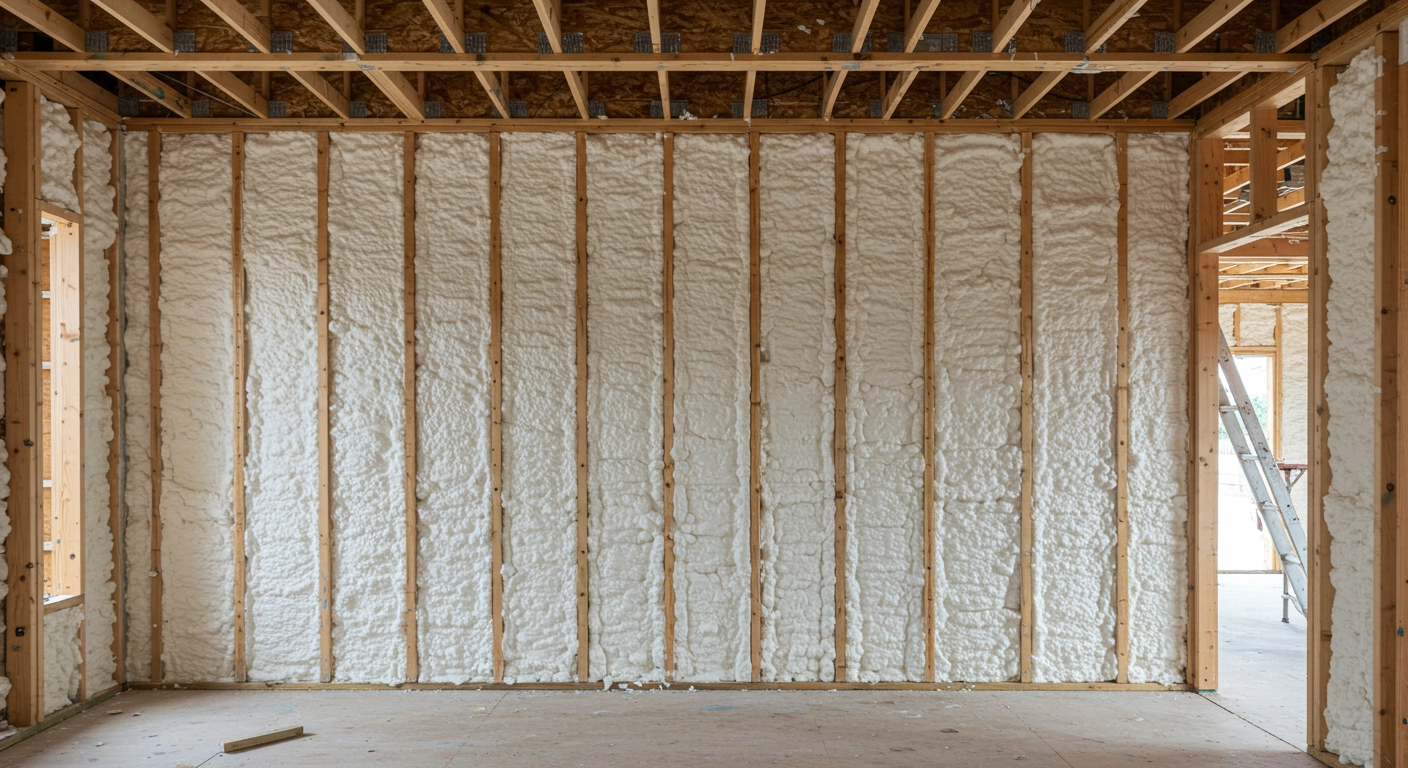
Spray foam insulation significantly reduces long-term energy costs in Leander, TX, by improving thermal performance, reducing HVAC load, and minimizing air leakage. Homes and commercial buildings using spray foam typically experience 20% to 40% lower annual energy expenses compared to those with traditional insulation. These savings are particularly evident in climates like Central Texas, where extreme summer heat increases cooling demands.
Installation cost is higher upfront, but the return on investment is generally achieved within 3 to 5 years. Spray foam’s durability and ability to maintain R-value over time means its savings continue for decades without significant degradation. This article outlines the detailed long-term financial, technical, and structural benefits of spray foam insulation based on first-hand experience with various insulation systems in the region.
Central Texas faces prolonged high heat, humidity, and fluctuating winter conditions. These climatic patterns increase HVAC workload and amplify energy inefficiencies in traditional insulation. Spray foam responds effectively to these challenges:
In Leander’s climate, using closed-cell spray foam on exterior-facing walls and roofs, with open-cell in interior walls, optimizes both cost and performance.
| Feature | Open-Cell Foam | Closed-Cell Foam |
|---|---|---|
| Water Resistance | Low | High |
| Air Sealing Capability | Excellent | Excellent |
| Structural Support | Minimal | High |
| R-Value per Inch | 3.5 – 3.7 | 6.0 – 7.0 |
| Vapor Barrier | No | Yes |
| Expansion Ratio | 100:1 | 30:1 |

For remodeling projects, apply spray foam during early framing stages to avoid rework and lower labor costs.
Spray foam retains its integrity for at least 20 to 30 years when installed correctly.
Open-cell spray foam dampens sound effectively in interior applications.
Yes, but drilling small access points is necessary. Blown-in methods simplify this process.
Once cured, it is inert and safe. Proper ventilation during installation is critical.
Open-Cell Insulation Interior-friendly option offering cost-effective air sealing and acoustic performance.
Closed-Cell Insulation Durable, moisture-resistant insulation suitable for structural reinforcement and exterior use.
Blown-In Insulation Ideal for retrofitting existing walls and attics with minimal disruption.
Attic Insulation High-heat attic zones benefit significantly from sealed foam insulation to reduce thermal bridging.
For reliable recommendations and experienced insulation services in Leander, contact Spray Foam Tech Solutions.
Phone: (765) 553-4636 Email: sales@spraytechkokomo.com
Yes, closed-cell is often preferred for its vapor resistance and structural bonding.
Usually within 3 to 5 years based on energy cost savings.
Smaller HVAC units are often sufficient, reducing both equipment and energy costs.
Some formulations use blowing agents with global warming potential; check for low-GWP products.
Yes, certain energy-efficient installations qualify under federal and state programs.